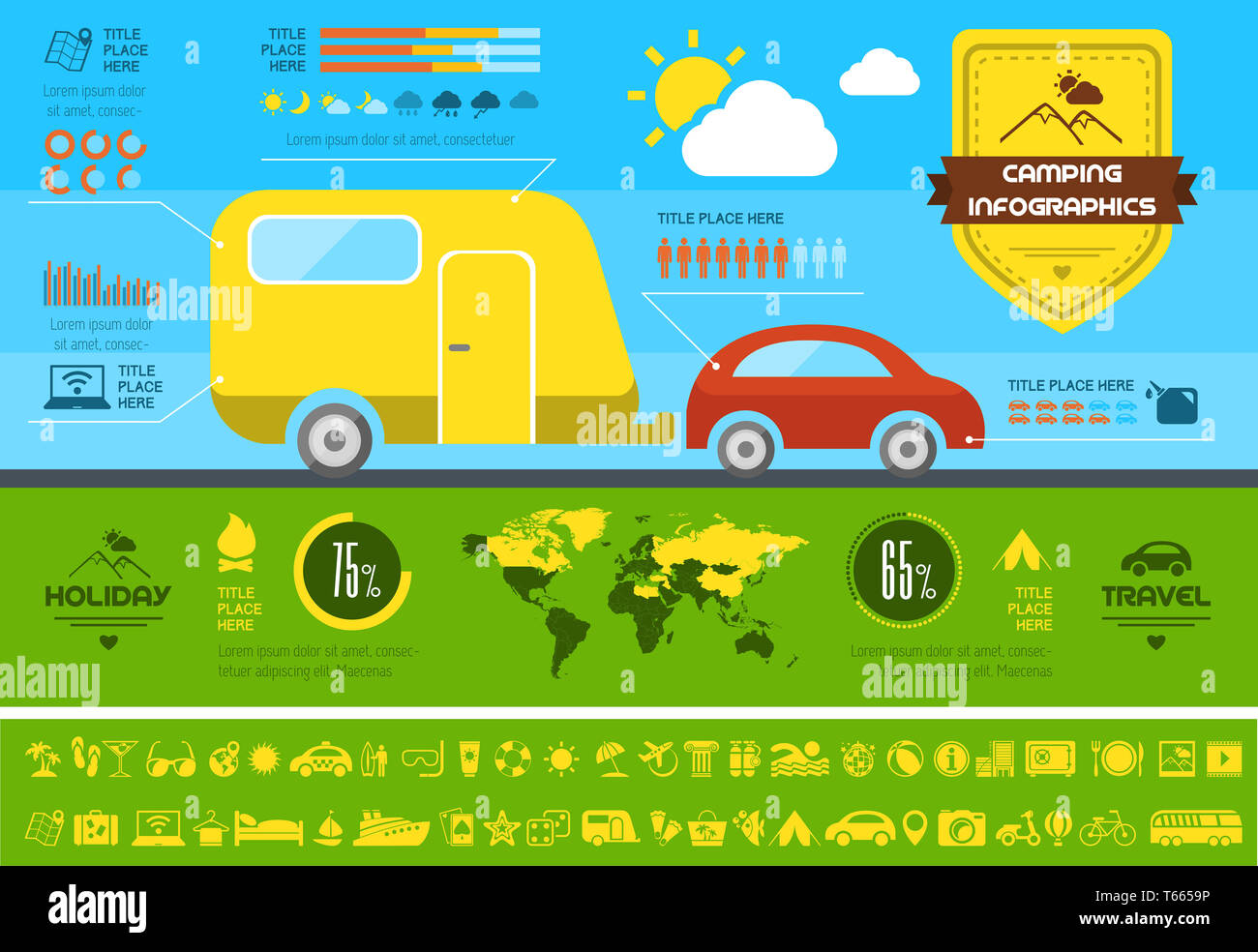Range jacks are important to risk-free camping tent oven use, keeping cold air, rain, snow, insects and even flammable combustible materials out of the tent. But, they're not without their pitfalls. Read on to learn about common errors campers make when fitting their oven jacks, and how you can prevent them at your campground.
Material Compatibility
When shopping for a stove jack, make sure it is made from heat-safe materials. The textile made use of to make the jack needs to additionally be durable and breathable, which will certainly assist to keep the tent warm and dry when it remains in usage.
When you've found a stove jack that is compatible with your outdoor tents, it's time to determine where you intend to install it. Usually, it's ideal to put the range in the center of the tent to help maintain all locations warm and comfortable, but it's important to avoid placing it straight up against an outdoor tents wall surface because this is a fire risk. Also, consider just how simple it will be to reach your range when refueling and cleaning up in the middle of the night.
Cooktop jacks are quite basic camping equipment, however they are extremely essential for safely making use of a camping tent range in any climate condition. By putting in the time to select the correct dimension and appropriately mount your range jack, you'll be all set for a comfy camping experience!
Stove Pipeline Diameter
The dimension of your oven pipe is necessary to make sure appropriate airing vent and to stay clear of a fire risk. A small size pipe will certainly work fine in a lot of tents, but a bigger one should be made use of with a heavier-duty canvas camping tent or a Tipi.
When it comes to figuring out the optimal positioning of your oven, the center of the camping tent is often the most effective choice. This will certainly help maintain the entire outdoor tents warm while decreasing the potential for smoke to leakage around the edges. It likewise helps stop heat from surprising from the stove and into flammable materials like wall surfaces or ceilings.
When it concerns wall surface and floor security, NFPA requires a minimum of 36" of clearance from flammable walls. This can be lowered by using a cooktop shield and a single-wall stovepipe with a shielded thimble (if going into the ceiling, attic room or roof). Constantly consult your woodstove manufacturer's proprietor's guidebook for more details about appropriate installment.
Stove Pipeline Size
Apart from not being straight up against the wall of the camping tent (where maybe a fire hazard) there isn't truly an incorrect place for a range jack. It's simply a matter of preference, depending on exactly how very easy it will be to reach for refueling and just how close it will be to the entrance of your outdoor tents.
However, if you install your pipeline too way out from the cooktop, cold air and rainfall will certainly be able to blow in around the beyond the pipe. This isn't perfect, as it will certainly make starting your range and maintaining a good draft tough.
To figure out how much flue pipe you'll require, gauge the distance breathability from where your camping tent's cooktop will sit to your smokeshaft opening. After that deduct 2 inches because each section of pipeline overlaps. The number you obtain is the amount of pipe you'll need to get. The good news is, mounting stove pipelines isn't tough and requires minimal tools.
